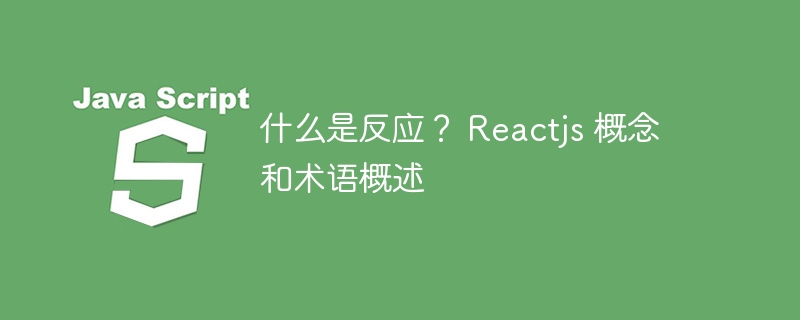
function mycomponent() {
return <h1>hello, world!</h1>;
}
const element = <h1>hello, world!</h1>;
function childcomponent(props) {
return <p>{props.message}</p>;
}
function parentcomponent() {
return <childcomponent message="hello from parent" />;
}
const items = ['apple', 'banana', 'cherry'];
const list = items.map((item, index) => <li key={index}>{item}</li>);
const [numbers, setnumbers] = react.usestate([1, 2, 3]); // correct way to update state: setnumbers([...numbers, 4]); // adds 4 to the array
"use client";
export default function clientcomponent() {
return <p>this component runs on the client side.</p>;
}
import React from 'react';
import ReactDOM from 'react-dom';
ReactDOM.render(
<React.StrictMode>
<App />
</React.StrictMode>,
document.getElementById('root')
);
以上就是什么是反应? Reactjs 概念和术语概述的详细内容,更多请关注php中文网其它相关文章!

每个人都需要一台速度更快、更稳定的 PC。随着时间的推移,垃圾文件、旧注册表数据和不必要的后台进程会占用资源并降低性能。幸运的是,许多工具可以让 Windows 保持平稳运行。

Copyright 2014-2025 https://www.php.cn/ All Rights Reserved | php.cn | 湘ICP备2023035733号